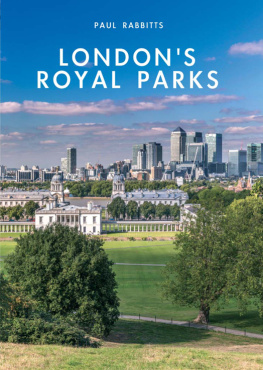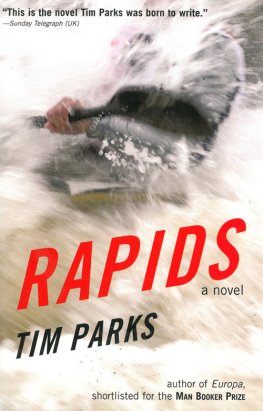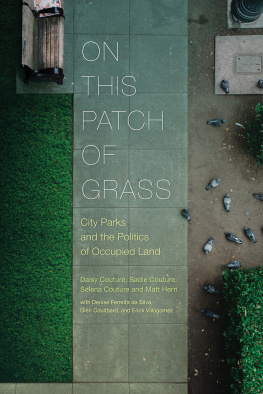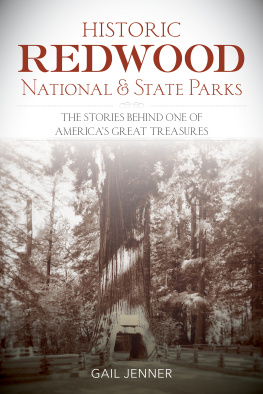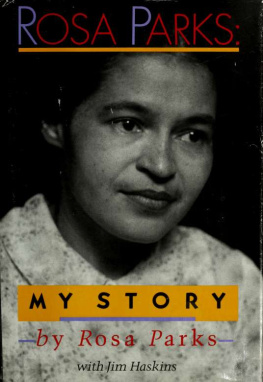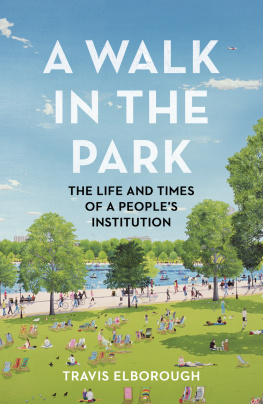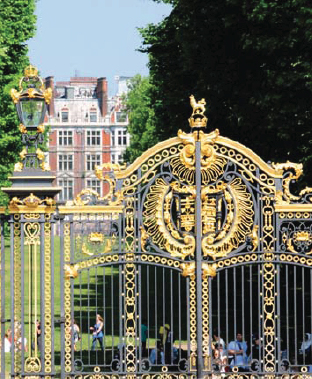LONDONS ROYAL PARKS
Paul Rabbitts
A view through the Canada Gate (1905) at Green Park.
SHIRE PUBLICATIONS
CONTENTS
INTRODUCTION
T HE Honourable Mrs Evelyn Cecil wrote in 1907: London has a peculiar fascination of its own and to a vast number of English-speaking people all over the world, it appeals with irresistible force. So much has been said and written about it that the theme might seem to be worn out, yet there are still fresh aspects to present, still hidden charms to discover and re-discover, and still deep problems to solve. London is also the classic example of the scattered city, as against the concentrated city such as Paris, and many observers still often analyse London as a network of villages. As Cecil writes:
The huge unwieldy mass, which cannot be managed or legislated for as other towns, but has to be treated as a county, enfolds within its area all the phases of human life. It embraces every gradation from wealth to poverty, from the millionaire to the pauper alien. The collection of buildings which together make London are a most singular assortment of innumerable variations between beauty and ugliness, between palaces and works of art and hovels of sordid and unlovely squalor.
Thankfully, much has changed since 1907. Cecil continues:
... the parks and gardens of London form bright spots in the landscape they are beyond the pale of controversy; they appeal to all sections of the community, to the workers as well as the idlers, to the rich as well as to the poor, to the thoughtful as well as the careless. From the utilitarian point of view they are essential the part they play in brightening the lives of countless thousands cannot be overestimated.
The various parks and gardens at the turn of the twentieth century were grouped into three classes: the Royal Parks; those maintained by the London County Council; and those coming under the many Borough Councils.
Many people still believe that London owes its unique charm not so much to its historical associations, or its extraordinary variety of buildings, as to its parks and in particular, the Royal Parks. For several centuries, the reigning sovereigns of Britain have allowed members of the general public to enter their parks and to enjoy themselves there; on certain occasions, when some of their less benevolent or more officious subjects have wished to take this privilege away, they have taken steps to see that it should be preserved. This has not always been the case, however. It may have been an urge for greater privacy, for instance, that led Queen Caroline, wife of King George II, to ask the Prime Minister, Sir Robert Walpole, what it would cost to restrict the use of St Jamess Park to members of the Royal Family. Walpoles famous sonorous reply Only three Crowns, Madam was sufficiently intimidating to deter the Queen from her purpose.
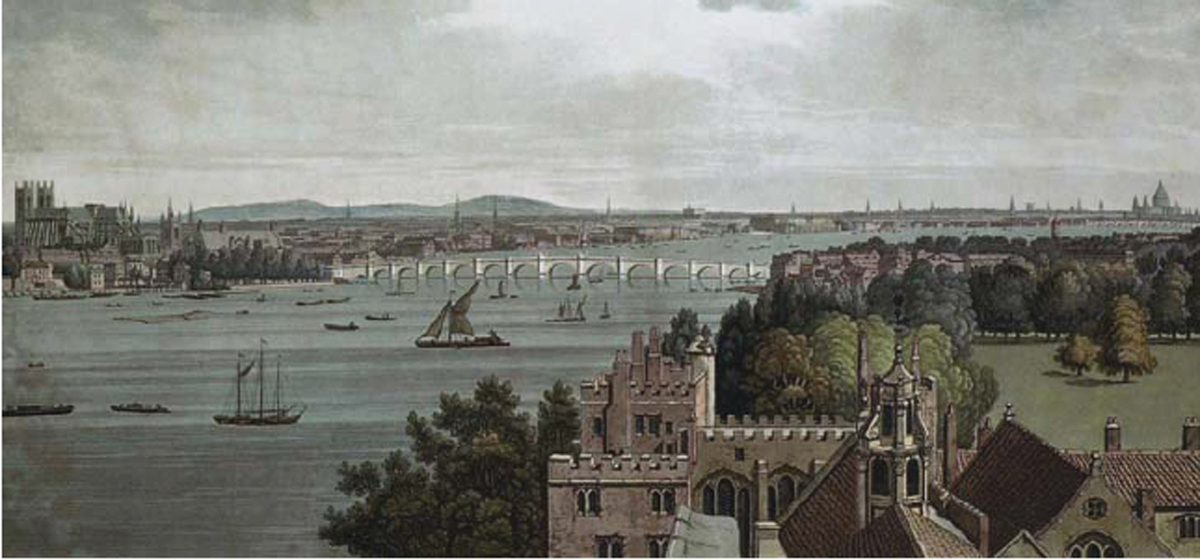
Blackman Street, London, by John Atkinson Grimshaw (183693).
As the population of London increased during the eighteenth and nineteenth centuries, it became more and more difficult for the officials of the Crown to preserve the amenities of the Royal Parks in and near the capital, and to control the behaviour of those admitted to them. From 1851, the duties were transferred by the Crown, through Parliament, to the Office of Works and Public Buildings. The 1851 Act originally vested those powers in the Commissioners of Works but the powers were transferred to the Minister of Works in 1942. Following a number of transfers, the powers now rest with the Secretary of State for Culture, Media and Sport. As Hunter Davies wrote in 1983 in A Walk Round Londons Parks, the Royal Parks are Londons greatest glory and offer so much, from playgrounds to palaces, Wren to Rembrandt, mausoleums to mosques, ponds to polo. Londons Royal Parks taken as a whole are unrivalled. Their variety and irregularity are their charm, and no description of them can be given as a whole. Each has its own associations and its own unique history dating back centuries and a historical legacy overall aligned with nothing less than the history of England.
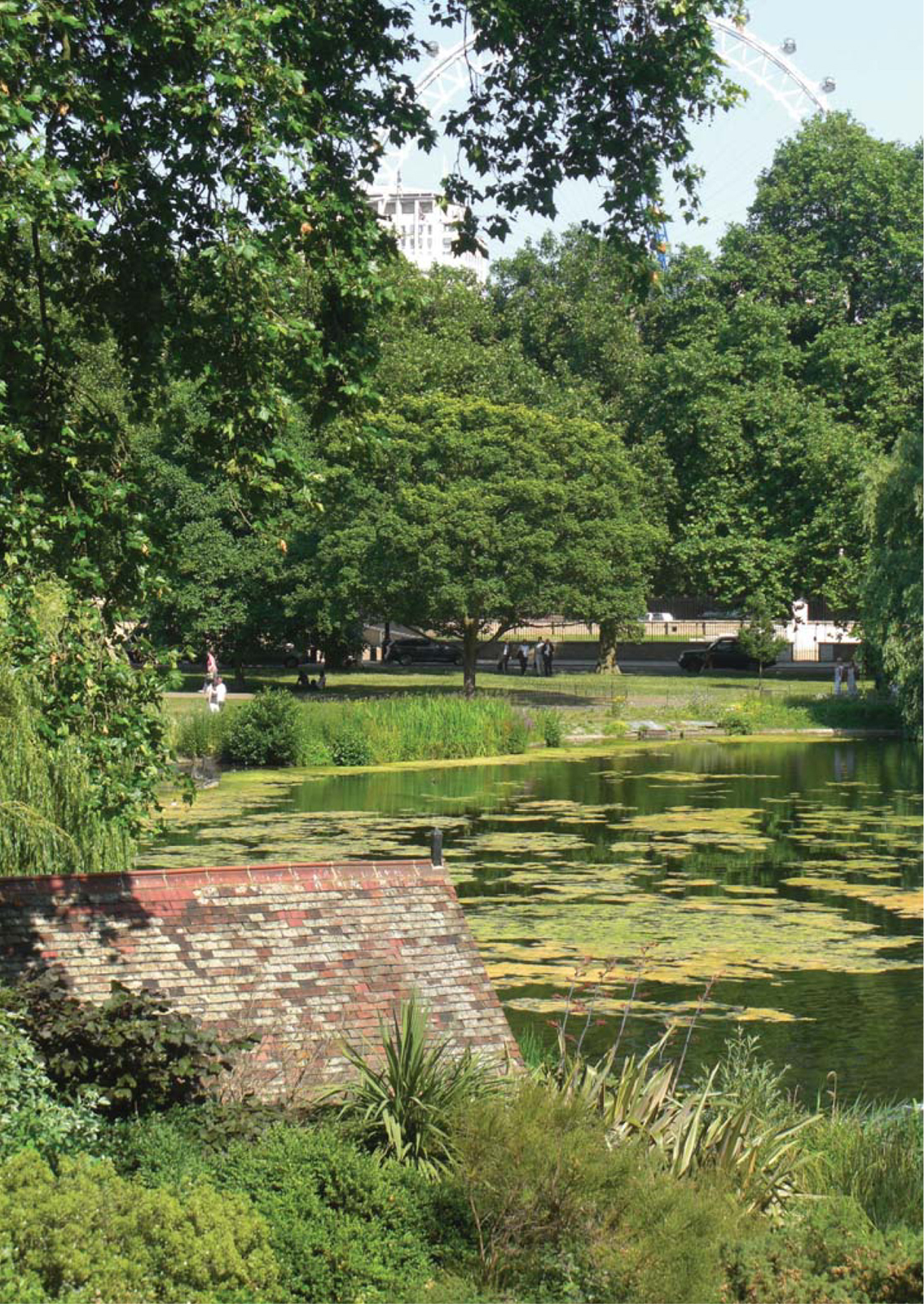
Looking towards the London Eye from St Jamess Park.
ST JAMESS PARK: A PARK OF GREAT MAJESTY
S T JAMES S PARK is in many ways the most romantic and beautiful of the Royal Parks and symbolises much of the English tradition; its visitors experience the majesty of the historic buildings surrounding it and take great pleasure in strolling among its avenues of trees, lawns and formal flower beds. The adjacent palaces and royal residences such as Buckingham Palace, Clarence House, Marlborough House and, of course, St Jamess Palace, all add to the majesty of this, the most supremely royal of all the parks. To the south stretches Whitehall, the site of one of the most romantic palaces of all, and parts of its other sides are bounded by a long terrace that commemorates Carlton House, the Prince Regents palatial London residence, and by the barracks of the Brigade of Guards, the reigning sovereigns personal bodyguard.
However, its origins date from 1533 when Henry VIII married Anne Boleyn and immediately took an interest in a nearby hospital that stood in the midst of fields. The hospital had been dedicated to a St James, possibly the first Bishop of Jerusalem, and was located not far from Charing Cross. At the time, it was a hospital for female patients only who were allegedly suffering from the foul disease of leprosy. Henrys interest was based solely on his desire for a private country home, not too far from the palace of Whitehall, where he could continue to hold his courts. Without hesitation, he threw out the occupants, had the building pulled down and erected a goodly manor. King Henry lost no time in surrounding himself with all the contemporary aids to his amusement. Having spent most of his early life at Greenwich, which had a well-stocked deer park, Henry had to have one for his new home and therefore took in the marshy fields that surrounded the old hospital and enclosed them as the private demesne of his new palace, and set up in them a nursery for deer. Beyond the palace and its gardens, the entire estate was surrounded by a fine brick wall, making St Jamess the first of the Royal Parks to be enclosed. It was here that Henry VIII created a suitable place for royal enjoyment and for military reviews, with a tilt-yard, his deer park, and a tennis court and bowling green. At its northeast corner there was a rural garden for relaxation and refreshment with a yard, a pond for bathing and some butts where shooting could be practised at the time called the Spring Garden. Anne Boleyn, however, did not have long to enjoy the pleasures of St Jamess. Within three years she was imprisoned in the Tower and ultimately beheaded.
On the death of Elizabeth in 1603, James VI of Scotland succeeded to the English throne as James I of England. He left his mark on St Jamess Park acquiring a menagerie of exotic animals, such as crocodiles, which he kept in the ponds not far from the palace; hawks and pelicans, from the Grand Duke of Muscovy; antelopes, from the Great Mogul; a leopard, from the King of Savoys collection; and the most notable attraction, an elephant acquired in Spain by George Villiers, Duke of Buckingham.

